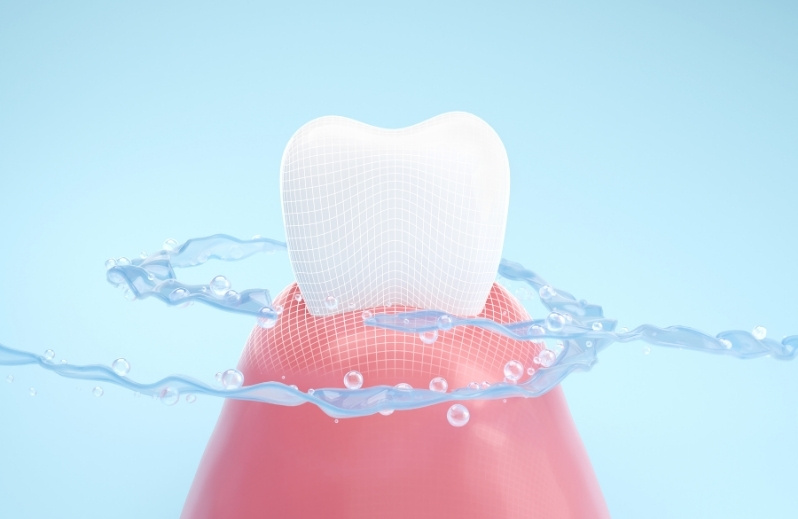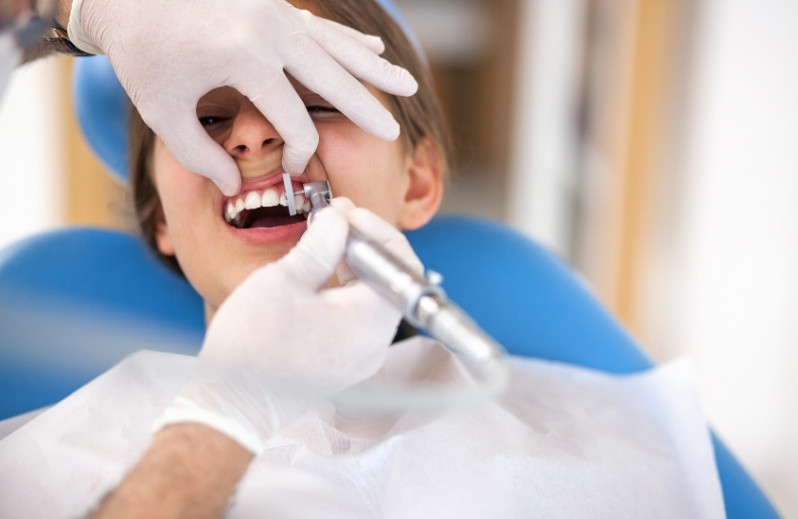Types of Dental Cleanings: Which One You Need

Bacteria can naturally occur in your mouth. They love to live on the surface of your teeth and even share the same food you eat. However, you can remove these bacteria from your teeth through regular brushing, flossing, and dental cleanings.
The growth of bacteria can lead to several dental issues, such as gum disease, tooth decay, infection, and so on. According to the American Dental Association, individuals should visit their dentists once every 6 months for dental cleanings and exams.
This will let dentists evaluate the health of your teeth and gums and remove excess tartar and plaque. In addition, this will remove large amounts of bacteria since bacteria live in dental tartar and plaque.
You will find different types of dental cleanings. This guide will explain these types of dental cleanings.
Different Types of Dental Cleanings
A dentist will perform one of the following processes based on the amount of tartar and plaque on your teeth.
Scaling and Root Planning Cleaning
It is called deep cleaning. Dentists use scaling and root planning cleanings for both the gum pockets and teeth to treat gingivitis and periodontitis. Generally, they complete deep cleanings for gingivitis in a single dental appointment.
On the other hand, deep cleanings for periodontitis may need multiple appointments. Moreover, dentists provide anesthesia based on the problem’s severity.
Through scaling, dentists remove tartar and plaque from the tooth’s surface and in the gum pockets below the gum line that form due to gum disease. It helps remove bacteria and lower gum inflammation.
Simultaneously, root planing smoothes the tooth roots. It helps the gums reattach to teeth and eliminate gum pockets.
Periodontal Maintenance Cleaning
When it comes to treating gum disease, dentists conduct these dental cleanings Spokane Valley. Periodontal maintenance cleanings remove excess tartar and plaque from the tooth surface and gum pockets like scaling and root planing. Once done, dentists smooth the roots out if needed.
However, the main difference is that, generally, dentists perform periodontal maintenance cleanings more often than other types of dental cleanings. This is because gum disease has a progressive nature. If you do not effectively treat them by professionals, it will continue to get worse.
Prophylaxis Dental Cleaning
The term prophylaxis denotes “to prevent disease”. Therefore, dental professionals use prophylaxis dental cleanings to clean healthy teeth to prevent them from becoming affected by gum disease or tooth decay.
Prophylaxis dental cleanings help remove tartar and plaque from the back, front, and sides of teeth. Dentists use a water stream or dental scaler while conducting these cleanings. Patients mostly need a prophylaxis cleaning, especially if he has kept up on daily oral hygiene and semi-annual dental visits.
Gross Debridement Cleaning
These cleanings are the most heavy-duty of teeth cleanings. They are designed to clean teeth with copious amounts of tartar and plaque. Generally, people who struggle to maintain a dental care routine or have avoided dental visits for a significant amount of time need this cleaning.
In this process, dentists use an electrical tool to loosen tartar, as plaque hardens into tartar, and large amounts of tartar are especially hard. After removing the excess tartar and plaque, they perform prophylaxis cleaning to further clean the teeth.
If you need dental cleanings, you can contact our dentists. Based on your situation, our dentists can help you get the most effective one.



